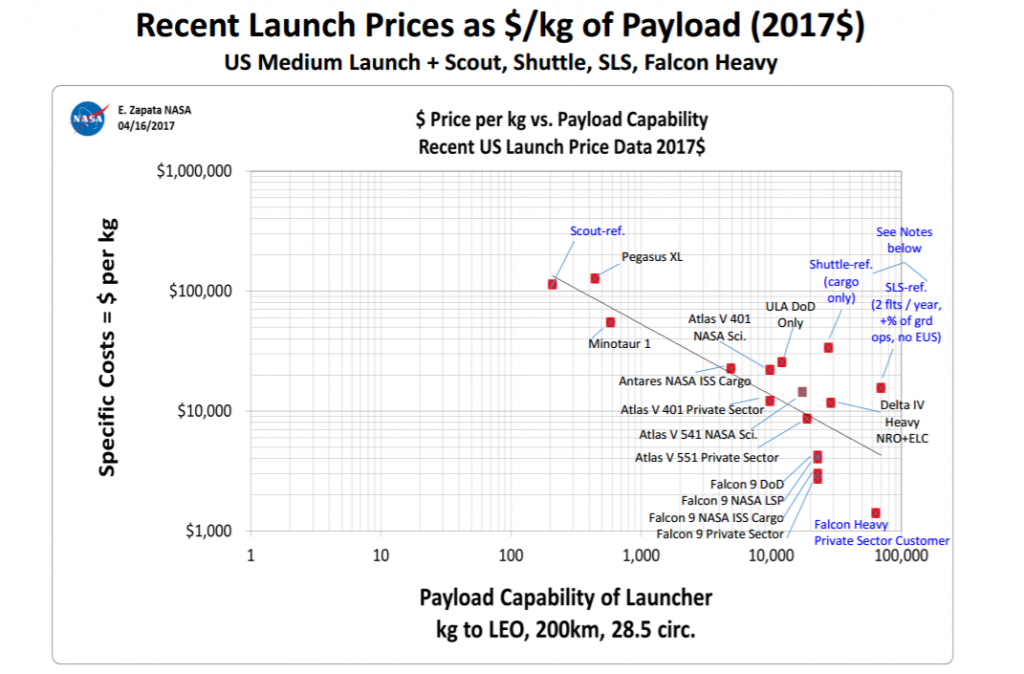Following the award of $73.7 million contract from NASA earlier this week, Californian off-world manufacturer Made In Space has confirmed that American global aerospace and defense company Northrop Grumman will be a subcontractor on its Archinaut 3D printing project.
Initially awarded a contract in 2016, the Archinaut is a machine developed by Made In Space for the construction of large structures, including satellites, in low gravity conditions. Following testing in a Low Earth Orbit (LEO) simulated environment, Archinaut’s 3D printing technology was deemed “prepared to operate in space” in March this year.
The $73.7 million contract from NASA will enable Made In Space to take the project into the second phase of development. Working with Northrop Grumman, this phase will focus on enabling a test flight of the Archinaut system into space for the first time. “Demonstrating additive manufacturing in space will open up new doors in the design and construction of space structures that to date have been limited by the volume of a launch vehicle,” comments Richard Stapp, Vice President of Resiliency and Rapid Prototyping at Northrop Grumman.
“Effectively building structures in space is one of the next big steps in our continuous journey of space exploration.”
Breaking the boundaries of space exploration
Archinaut is composed of two symbiotic construction systems known as ULISSES and DILO. ULISSES is the system that 3D prints and assembles trusses, whereas DILO is capable of fabricating and assembling large reflectors. Working autonomously, the idea is that these two systems collaborate to build a satellite, or other structures, in space. A demonstration of the system’s capabilities has been proven in the fabrication of a record breaking 37.7 meter long beam at the Moffett Field facility at NASA’s Ames Research Center.
Made In Space and Northrop Grumman are now charged with developing Archinaut to a point where it is capable of building two 10 meter solar arrays in orbit, powering a small satellite. When successful, this project is expected to generate up to five times the power of other satellites in the same class. This is due to the scale Archinaut is able to build – at present satellite construction is limited by the price of a payload.

Northrop Grumman’s support
Northrop Grumman has been working with Made In Space since early in the inception of the Archinaut system. For its part, it will also be applying expertise it has gained from helping other 3D printing systems, like the Tethers Refabricator, on their journey into space.
Previously, the defense giant supported Archinaut in a phase 1 thermal vacuum test at its Space Park in California.
Separately, the company also holds its own IP related to additive manufacturing, including patents for a composite 3D printing method and material.
For all of the latest aerospace news from 3D Printing Industry subscribe to our newsletter, follow us on Twitter, and like us on Facebook. Find talent for a project, or advance your career in 3D printing – join 3D Printing Jobs to apply and advertise.
Featured image shows a concept model of the Made In Space satellite making Archinaut. Photo via Made In Space


